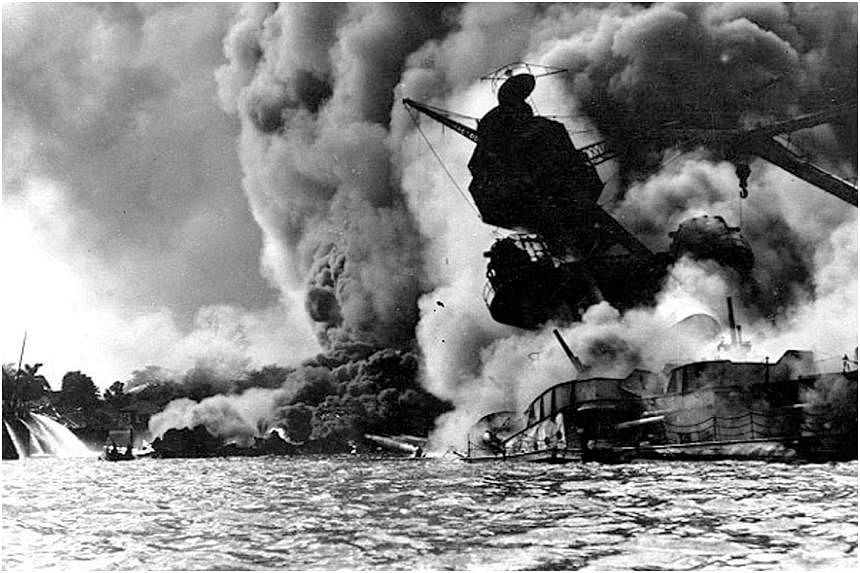Just over 80 years ago, on Dec 7, 1941, the Japanese Imperial Navy carried out one of the most audacious and consequential military operations of World War II.
At around 8am, on a sleepy Sunday morning, about 200 Japanese planes descended in waves on the headquarters of the US Pacific Fleet in Hawaii. The bombs and bullets unleashed by the Japanese assault damaged or destroyed nearly 20 American naval vessels, including eight battleships, and scores of planes. More than 2,400 American lives were lost. The entire attack lasted less than two hours.
Already a subscriber? Log in
Read the full story and more at $9.90/month
Get exclusive reports and insights with more than 500 subscriber-only articles every month
ST One Digital
$9.90/month
No contract
ST app access on 1 mobile device
Unlock these benefits
All subscriber-only content on ST app and straitstimes.com
Easy access any time via ST app on 1 mobile device
E-paper with 2-week archive so you won't miss out on content that matters to you


